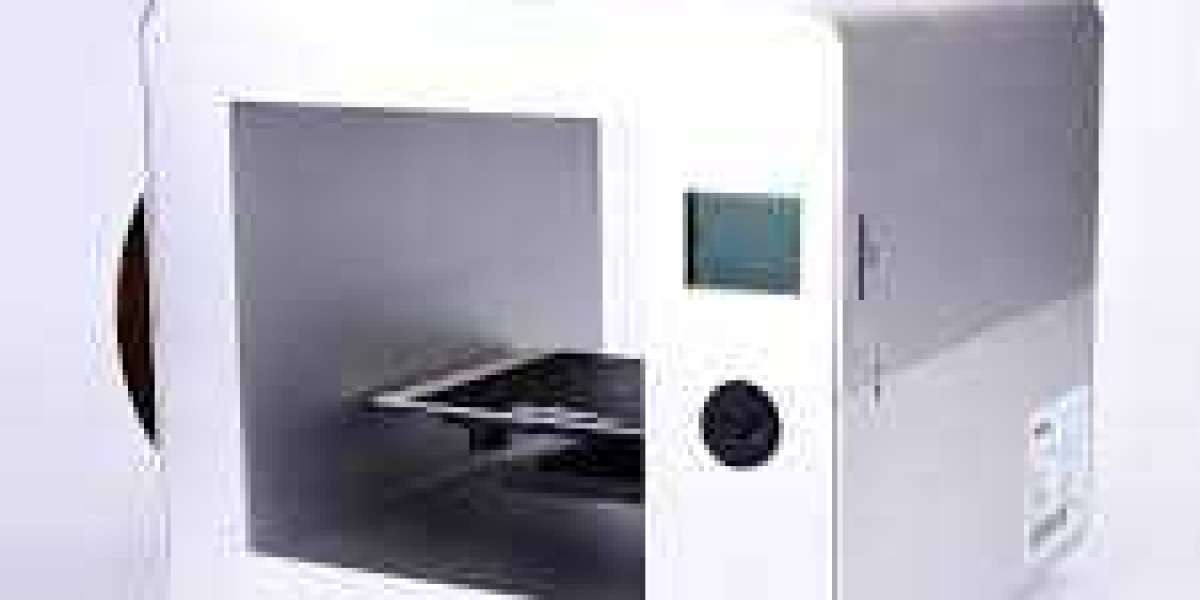3D printing technology has achieved rapid development in recent years, and is widely used in manufacturing, medical treatment, construction and other fields. However, in the 3D printing process, the quality of the material directly affects the performance and accuracy of the final product. 3D printing drying box as an important equipment to ensure the quality of printing materials, its working principle and function have attracted much attention.
The core function of 3D printing drying oven is to remove moisture from 3D printing consumables. Moisture is one of the main factors that causes the performance of 3D printing materials to decline. Moisture can cause problems such as poor extrusion of the material during the printing process, bubbles or layer separation of the printed part, which affects the print quality and success rate. Therefore, the drying oven provides a stable and dry storage environment for 3D printing materials by controlling temperature and humidity.
Working principle
The working principle of 3D printing drying oven is mainly based on the principles of thermodynamics and material science, by controlling the temperature and humidity of the internal environment, to achieve the drying and preservation of materials. Specifically, it works in the following key steps:
Heating: The interior of the drying oven is equipped with heating elements, such as electric heating wires or ceramic heaters, which can quickly generate heat after electricity, and increase the temperature in the box to a set value. The increase in temperature can accelerate the movement of water molecules in the material, making it easier to escape from the material.
Dehumidification: At the same time of heating, the interior of the drying oven is usually equipped with a dehumidification system, such as physical adsorption dehumidification or condensation dehumidification. Physical adsorption dehumidification by using desiccant (such as silica gel, molecular sieve, etc.) to absorb moisture in the air; Condensation dehumidification is to reduce the air temperature, so that it reaches below the dew point temperature, so that the water vapor in the air condenses into water beads, and then discharged through the drainage system.
Circulating air flow: In order to ensure the uniformity of temperature and humidity in the box, the drying box will also be equipped with a fan or air circulation system. These systems can promote the air flow inside the box, making the effect of heating and dehumidification more uniform, to avoid local overheating or insufficient drying of the material.
Temperature and humidity control: Modern filament dry box usually have intelligent temperature and humidity control systems, which can automatically adjust the temperature and humidity in the box according to user-set parameters. These systems monitor the environment inside the box in real time through built-in sensors, and control the operation of heating, dehumidification and other devices through a microcomputer to ensure that the material is always in the best dry state.
necessity
The necessity of using 3D printing drying boxes is mainly reflected in the following aspects:
Improved print quality: By removing moisture from the material, drying chambers can significantly improve the stability of the 3D printing process and the accuracy and mechanical strength of the final product.
Prevent moisture from materials: In a humid environment, 3D printed materials easily absorb moisture from the air, resulting in decreased performance. The drying box provides a closed and dry environment that effectively protects the material from moisture.
Prolong material life: Proper drying treatment can not only improve the print quality, but also extend the service life of 3D printing consumables, reduce material degradation due to moisture, and thus reduce the cost of use.
Actual case
A well-known manufacturing company has introduced 3D printing technology on its production line for the production of precision parts. In the initial stage, the company often encountered problems of bubbles and interlayer separation in the printed parts, which seriously affected production efficiency and product quality. After analysis, it was found that the problem mainly stems from the moisture in the 3D printing material.
In order to solve this problem, the company introduced a professional 3D printing drying oven. By pre-drying the material, the moisture in the material is effectively removed, and the print quality is significantly improved. Not only that, due to the improvement of material properties, the mechanical strength and accuracy of the product have also been significantly improved, thus meeting the needs of customers for high-quality products. In addition, the use of drying chambers also extends the service life of materials, reduces material waste, and further reduces production costs.
In summary, the 3D printing drying oven provides a stable and dry storage environment for 3D printing materials through the principles of heating, dehumidification, air circulation and intelligent control, which effectively improves the print quality and the service life of materials. Today, with the increasing popularity of 3D printing technology, drying boxes have become one of the indispensable equipment to ensure the printing effect.







